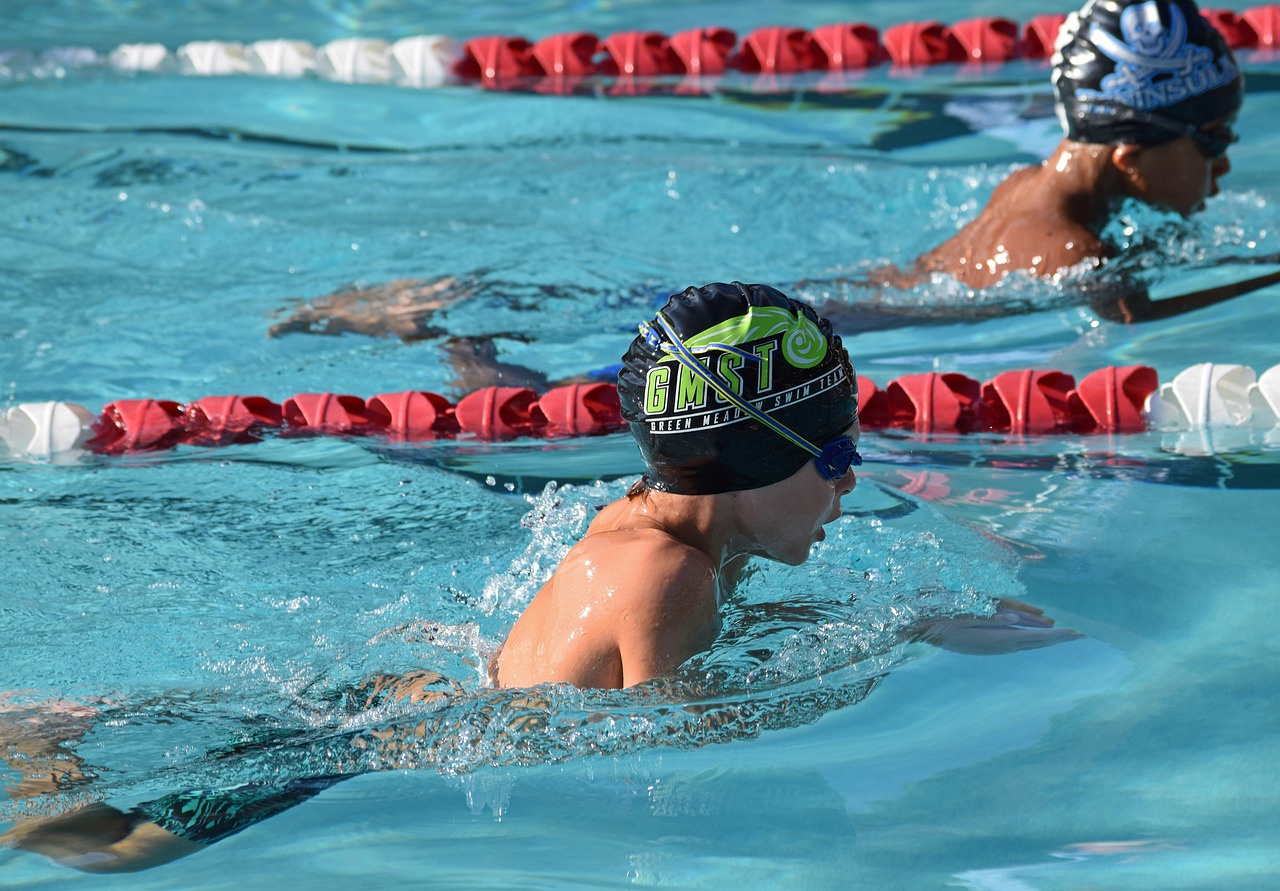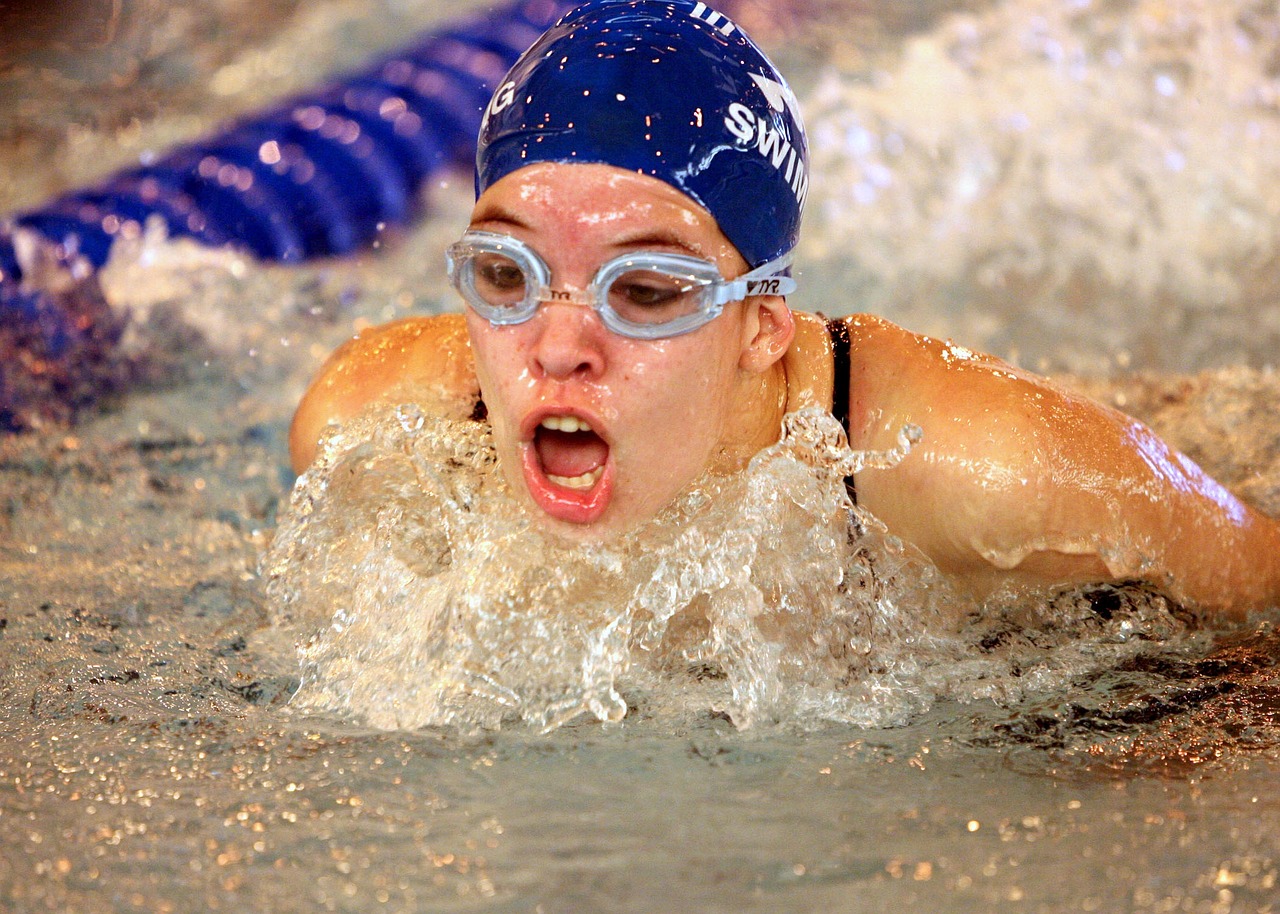History of open water swimming in Australia
Australia’s long coastline, numerous beaches, and warm climate have made open water swimming a popular pastime and competitive sport for Australians.
The history of open water swimming in Australia is a rich and fascinating one that spans more than two centuries.

From the early years when Indigenous Australians swam for survival and recreation to the modern-day where open water swimming has become an integral part of Australian culture, the story of this sport reflects the nation’s deep connection to the ocean and its passion for competition.
Advertisements
This article will explore the history of open water swimming in Australia, the key milestones, challenges, controversies, and the revival of open water swimming in Australia, shedding light on the evolution of the sport and its place in Australian society.
What is open water swimming?
Open water swimming is a form of swimming that takes place in outdoor bodies of water such as lakes, rivers, and oceans, where swimmers are not confined to lanes or a pool.

Unlike pool swimming, open water swimming often involves greater distance and unpredictability in the conditions, such as currents, waves, and temperature changes, making it a challenging but exciting form of swimming.
Open water swimming can be done for leisure or competition, with various events and races organized worldwide.
Advertisements
Overview of the history of swimming in Australia
Swimming has a long and rich history in Australia, with the country’s relationship with the water dating back to the indigenous population, who were skilled in swimming and fishing in coastal waters.
However, it was not until the arrival of Europeans that swimming became a formalized and popular activity.
In the 1800s, swimming became an increasingly popular pastime in Australia, with several ocean pools being built along the country’s coastline.
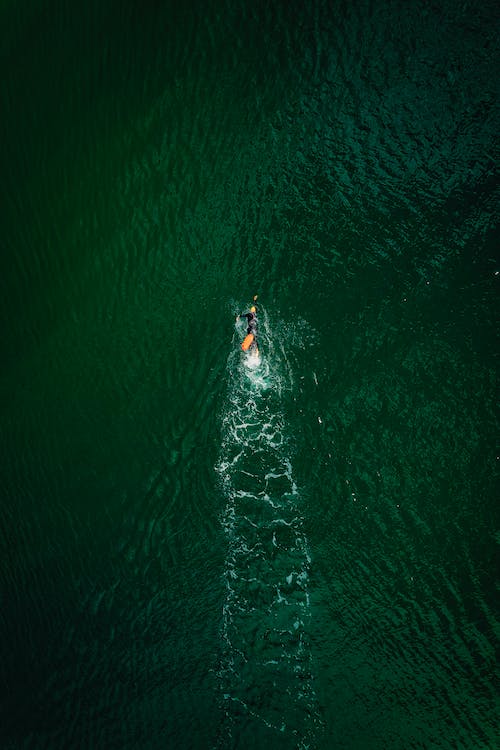
The first swimming club in Australia (Balmain Amateur Swimming Club) was founded in 1884, which makes it the oldest swimming club in Australia and by the turn of the century, the sport had become a national obsession.
Australia’s first national swimming championship was held in 1896, and by the 1920s, the country was producing world-class swimmers, such as Fanny Durack and Mina Wylie, who won gold and silver respectively in the women’s 100m freestyle at the 1912 Stockholm Olympics.
Australia’s love affair with swimming continued throughout the 20th century, with the country producing a string of champions, including Dawn Fraser, who won three consecutive gold medals in the women’s 100m freestyle, at the 1956, 1960, and 1964 Olympics.
Swimming also played a significant role in Australia’s sporting culture, with the establishment of the Australian Institute of Sport in 1981 providing a dedicated training facility for elite swimmers.
This led to further success for Australian swimmers, with the likes of Ian Thorpe, Susie O’Neill, and Grant Hackett dominating the pool in the 1990s and 2000s.
Today, swimming remains a popular sport in Australia, with the country continuing to produce world-class swimmers and hosting major international events, such as the 2018 Commonwealth Games on the Gold Coast.
READ ALSO: Adults Swimming in Australia: Best Guide to Getting started
When did open water swimming start in Australia?
The history of open water swimming in Australia has a long attached story, with evidence of recreational swimming in rivers and the ocean dating back to the late 19th century. However, organized open water swimming events did not become widespread until the early 20th century.
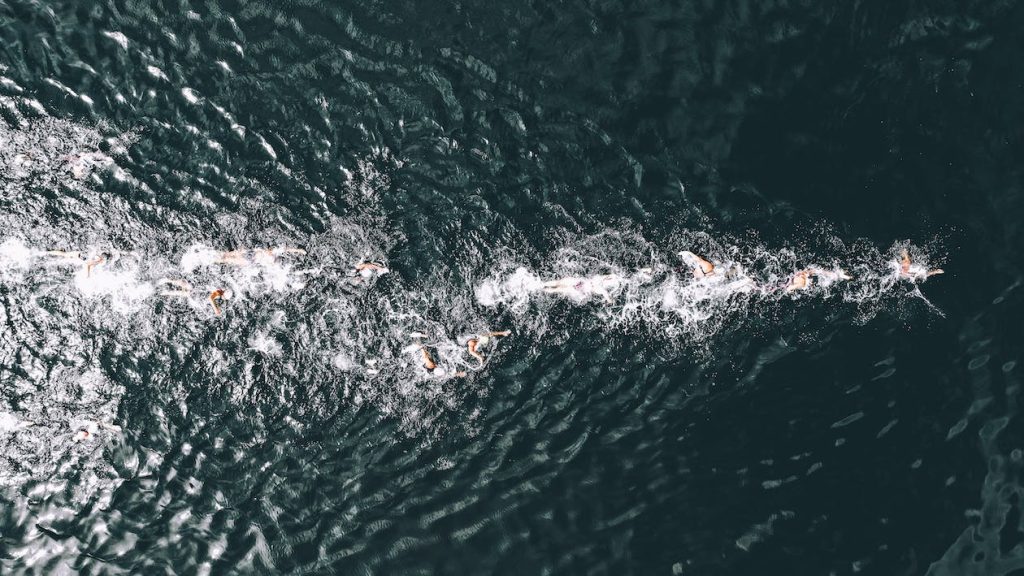
One of the earliest recorded open water swimming events in the history of open water swimming in Australia was the “Marathon Swim” held in Sydney Harbour in 1905. The race was won by Andrew “Boy” Charlton, who went on to become one of Australia’s most successful swimmers of the early 20th century.
Since then, open water swimming has grown in popularity in Australia, with events ranging from short-distance swims in rivers and lakes to marathon swims in the ocean.
Some of the most popular open water swimming events in Australia include the annual Cole Classic in Sydney, the Rottnest Channel Swim in Western Australia, and the Portsea Swim Classic in Victoria.
Early years of open water swimming in Australia
The history of open water swimming in Australia is also known to be a rich one, with the sport having been popular for well over a century.
The early years of open water swimming in Australia saw the emergence of some remarkable athletes and competitions, which laid the foundation for the sport’s growth and success.
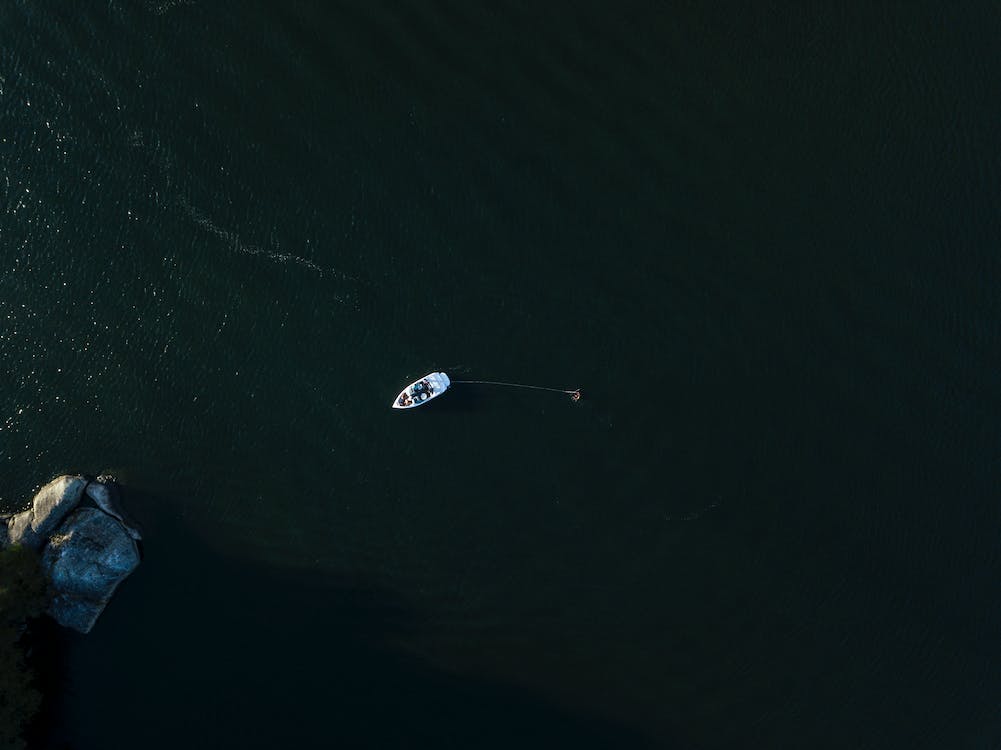
Another one of the earliest recorded open water swims in the history of open water swimming in Australia took place in Sydney Harbour in 1876. This event, known as the Challenge Cup, was a grueling 4.5-mile swim from the Sydney Ferry Wharf to the Manly Pier.
The winner of the inaugural Challenge Cup was J. Green, who completed the course in just under two hours. The event quickly became an annual tradition, attracting swimmers from all over the country.
In the late 19th and early 20th centuries, open water swimming in Australia was dominated by female athletes. One of the most famous of these was Annette Kellerman, who gained international fame as a competitive swimmer, vaudeville performer, and movie star.
Kellerman was a pioneering figure in women’s athletics, breaking records and challenging societal norms about women’s bodies and capabilities.
Another notable Australian swimmer of this era was Andrew “Boy” Charlton, who won gold medals in the 1500m freestyle at the 1924 Olympics in Paris and the 1928 Olympics in Amsterdam.
Charlton was known for his endurance and strength in open water and set several records in long-distance swims. In 1926, he swam 5.5 miles from Manly to Sydney’s Middle Head, setting a new world record in the process.
In the post-World War II era, open water swimming in Australia continued to thrive. The sport’s popularity was helped by the growth of ocean baths and swimming clubs, which provided safe and controlled environments for open water swimming.
One of the most famous of these clubs was the Bondi Icebergs, founded in 1929 by a group of lifeguards who wanted to stay in shape during the winter months.
The club’s members continue to swim in the icy waters of Bondi Beach to this day, and the club is now a cultural institution in Australia.
Today, open water swimming is a thriving sport in Australia, with numerous competitions and events held throughout the year.
The Rottnest Channel Swim, a 19.7km swim from Cottesloe Beach to Rottnest Island, is one of the most famous and challenging open water swims in the world. Other popular events include the Cole Classic, the Bondi to Bronte Swim, and the Lorne Pier to Pub.
With a rich history and a vibrant present, open water swimming remains a beloved and iconic part of Australian culture.
READ ALSO: Core Aquatic Skills: 10 Important Aquatic Skills You Need to Know
Rise of competitive open water swimming
Open water swimming has experienced a significant rise in popularity as a competitive sport.

One of the reasons for the rise of competitive open water swimming is its inclusion in major sporting events such as the Olympics and the FINA World Championships.
Open water swimming was first introduced to the Olympic program in the 2008 Beijing Olympics, and since then, it has become a regular fixture in the games.
This has helped to promote the sport and attract more participants, especially from countries with a strong tradition of swimming.
Another reason for the rise in the popularity of open water swimming is the increasing number of events and races held worldwide.
Many countries now have their own open water swimming competitions, and there are also several international competitions such as the FINA World Cup series, the FINA Open Water Grand Prix, and the 10 km Marathon Swimming World Cup.
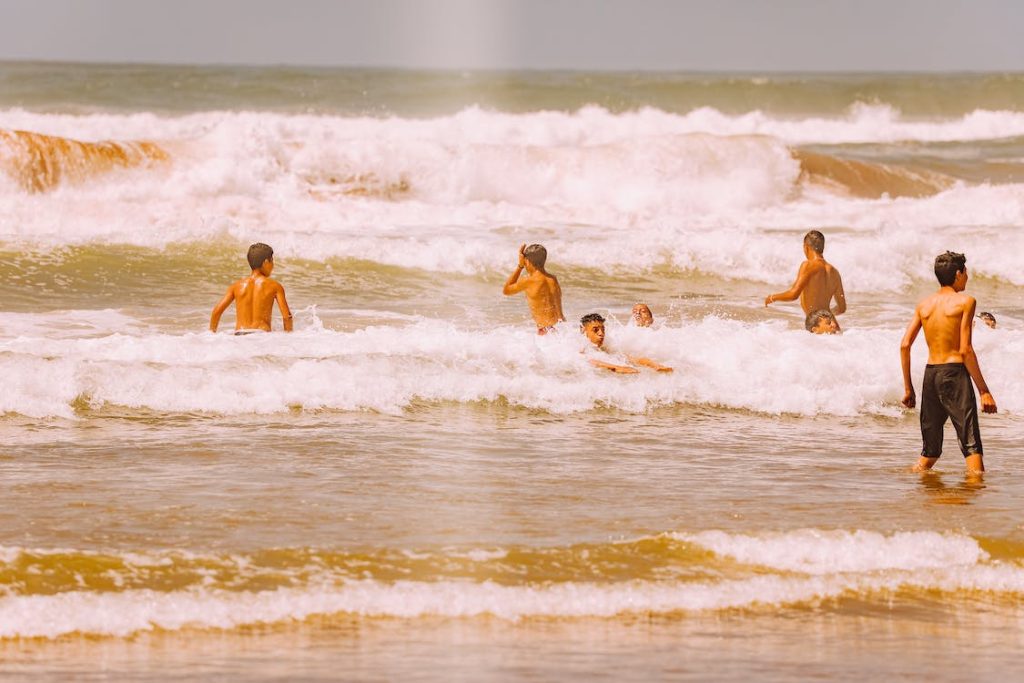
In addition, there is a growing interest in outdoor sports and activities, and open water swimming is a great way to experience the natural beauty of bodies of water.
Many people find the challenge of swimming long distances in open water to be a rewarding and exhilarating experience, and the sport has become a popular way to stay fit and healthy.
Advancements in technology have also contributed to the rise of competitive open water swimming.
Swimmers now have access to specialized equipment and clothing designed for open water swimming, such as wetsuits, goggles, and earplugs.
This has made the sport more accessible to a wider range of people and has helped to improve performance and safety.
Challenges and Controversies of open water swimming (the 1970s-2000s)
Despite the growing popularity, and the rich history of open water swimming in Australia, open water swimming is not without its challenges.
Below are some of the challenges and controversies that the sport has faced during this time:
-
Safety Concerns: One of the biggest challenges facing open water swimmers has always been safety. Unlike swimming in a pool, open water swimming comes with several potential hazards, including waves, currents, marine life, and exposure to the elements.
As the sport became more popular, there were numerous reports of swimmers getting injured, getting lost, or even dying while attempting long-distance swims. -
Environmental Issues: Another major challenge for open water swimmers is the impact of human activity on natural bodies of water.
Pollution, climate change, and overfishing have all had a negative impact on the health and safety of open water swimming, with many popular swimming locations becoming too polluted or too dangerous to swim in. -
Technology Controversies: In the 1980s and 1990s, there was controversy surrounding the use of wetsuits and other technology in the open water swimming.
Many traditionalists argued that these advancements were unfair and gave an unfair advantage to swimmers who could afford them, while others saw them as a necessary safety measure. -
Gender Inequality: Like many sports, open water swimming has struggled with issues of gender inequality. For many years, women were excluded from certain events or forced to swim shorter distances than men.
It wasn’t until the 1980s and 1990s that this began to change, with more and more women competing in long-distance swims and earning recognition for their achievements. -
Doping Scandals: Finally, like many sports, open water swimming has had its fair share of doping scandals.
While drug testing is becoming more common, there have been several high-profile cases of swimmers using performance-enhancing drugs in an attempt to gain an edge.
Despite these challenges and controversies, open water swimming remains a popular and growing sport, with more and more people taking to the water each year.
As the sport continues to evolve, it will be important to address these issues to ensure the safety and fairness of open water swimming for everyone involved.
However, for those who are up to the challenge, open water swimming offers a unique and rewarding experience, both as a recreational activity and as a competitive sport.
READ ALSO: Learn How to Swim for Adults in Australia: Best Step-by-Step Guide
The Revival and Future of open water swimming (2010s-Present)
Open water swimming experienced a significant revival in the 2010s and has continued to gain popularity in the present day.

This surge in interest can be attributed to several factors, including the increasing number of high-profile open water swimming events, the popularity of triathlons and other endurance sports, and a growing appreciation for the physical and mental health benefits of open water swimming.
One of the key events that helped to spark the revival of open water swimming was the inaugural Olympic 10K Marathon Swim at the 2008 Beijing Olympics.
This event brought a new level of recognition and legitimacy to the sport and introduced it to a much wider audience. Since then, the Olympic 10K has become a highly anticipated event at every Summer Olympics.
In addition to the Olympics, other high-profile open water swimming events have emerged, such as the FINA World Championships and the International Ice Swimming Association World Championships.
These events have attracted top swimmers from around the world and have helped to raise the profile of the sport.
The popularity of triathlons, which often include an open water swim leg, has also contributed to the growth of open water swimming.
As more people take up triathlon as a way to challenge themselves and stay fit, they are also exposed to the excitement and challenges of open water swimming.
Another factor driving the revival of open water swimming is a growing awareness of the physical and mental health benefits of the sport.
Open water swimming provides a full-body workout that can improve cardiovascular health, build strength and endurance, and boost mental resilience. It can also be a powerful stress reliever and a way to connect with nature.
Looking to the future, it is very likely that open water swimming will continue to grow in popularity.
As more people become aware of the benefits of the sport and as new events and opportunities emerge, we can expect to see an increasing number of people taking to the open water to test their limits and challenge themselves.
At the same time, it will be important to ensure that safety remains a top priority and that swimmers have access to the training and resources they need to swim safely and successfully in open water environments.
Modern era of open water swimming in Australia
The modern era of open water swimming in Australia can be traced back to the 1980s when the sport began to gain popularity as a competitive activity.
Before this time, open water swimming was primarily a recreational pursuit, with few organized events and little recognition as a competitive sport.
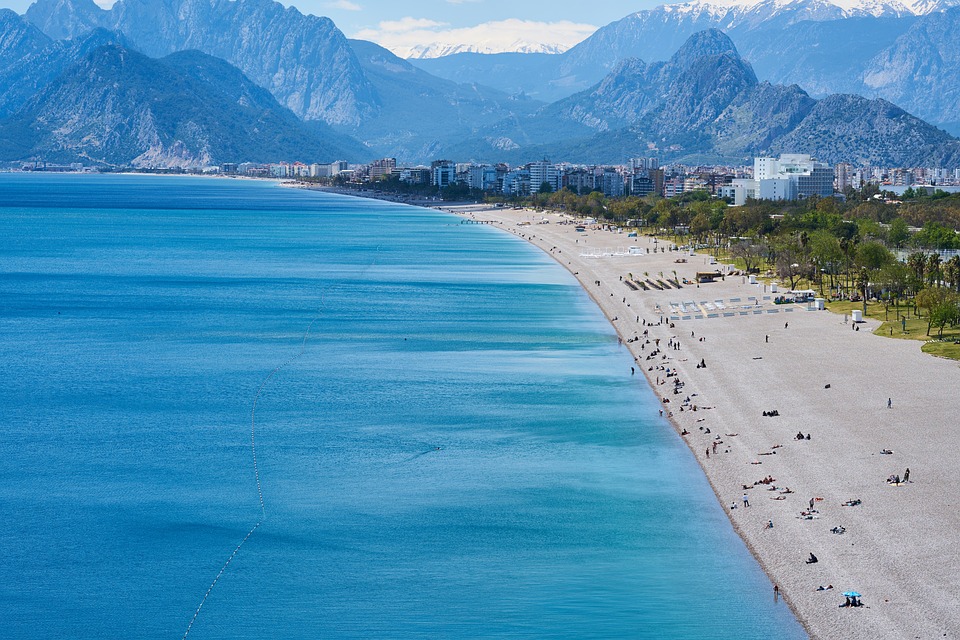
One of the key drivers of the modern era of open water swimming in Australia was the creation of the Rottnest Channel Swim in 1987.
This 19.7 km race, which takes place in the waters between Cottesloe Beach in Perth and Rottnest Island, quickly became one of the country’s most prestigious open water swimming events.
The race attracted a growing number of participants each year, and by the 1990s, it had helped to establish open water swimming as a popular and respected competitive sport in Australia.
Another important development in the modern era of Australian open water swimming was the creation of the Australian Open Water Swimming Championships in 1991.
This event, which is held annually, has become the premier open water swimming competition in the country. It attracts top swimmers from around the world and has helped to establish Australia as a leading nation in the sport of open water swimming.
In recent years, the popularity of open water swimming in Australia has continued to grow. The country now has a thriving open water swimming community, with a wide range of events taking place throughout the year.
In addition to the Rottnest Channel Swim and the Australian Open Water Swimming Championships, there are numerous other races and competitions held around the country. These include the Bondi to Bronte ocean swim in Sydney, the Pier to Pub race in Lorne, Victoria, and the Magnetic Island to Townsville Swim in Queensland.
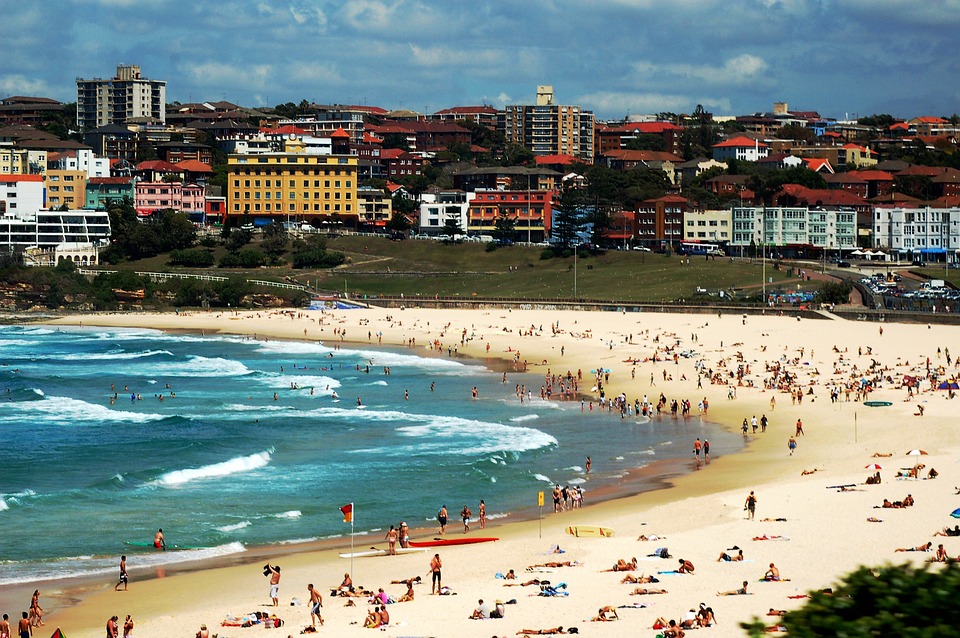
Open water swimming has also become an increasingly popular pastime for recreational swimmers in Australia.
Many people now take part in ocean swims and other open water events as a way to stay fit and enjoy the country’s beautiful coastline.
With its long and storied history and its continuing growth in popularity, it is clear that the modern era of open water swimming in Australia is here to stay.
READ ALSO: 14 Important Swim Meet Survival Kit
Conclusion
In conclusion, the history of open water swimming in Australia is a fascinating tale that reflects the country’s deep connection to water and its outdoor culture.
From the iconic Bondi to Bronte ocean swim to the competitive world of open water swimming, Australians have embraced this challenging and rewarding sport, and it will no doubt continue to be a significant part of the nation’s identity for many years to come.

